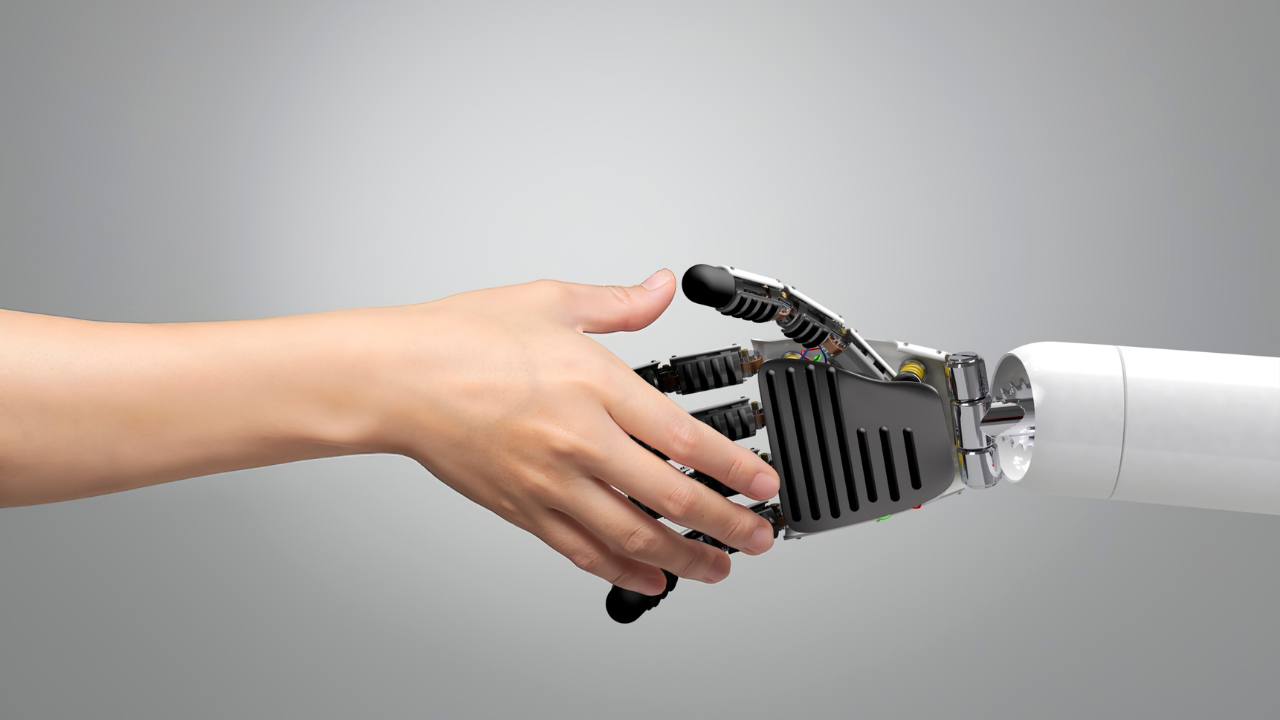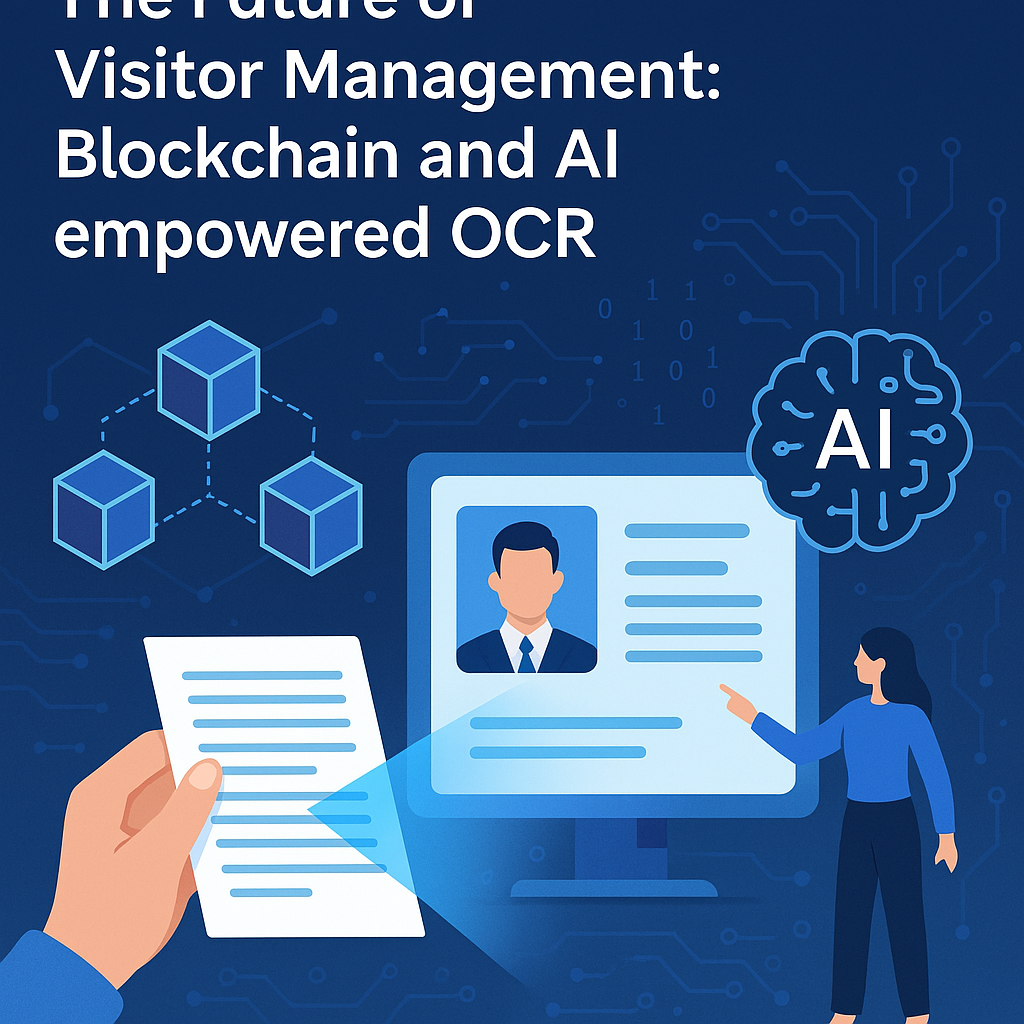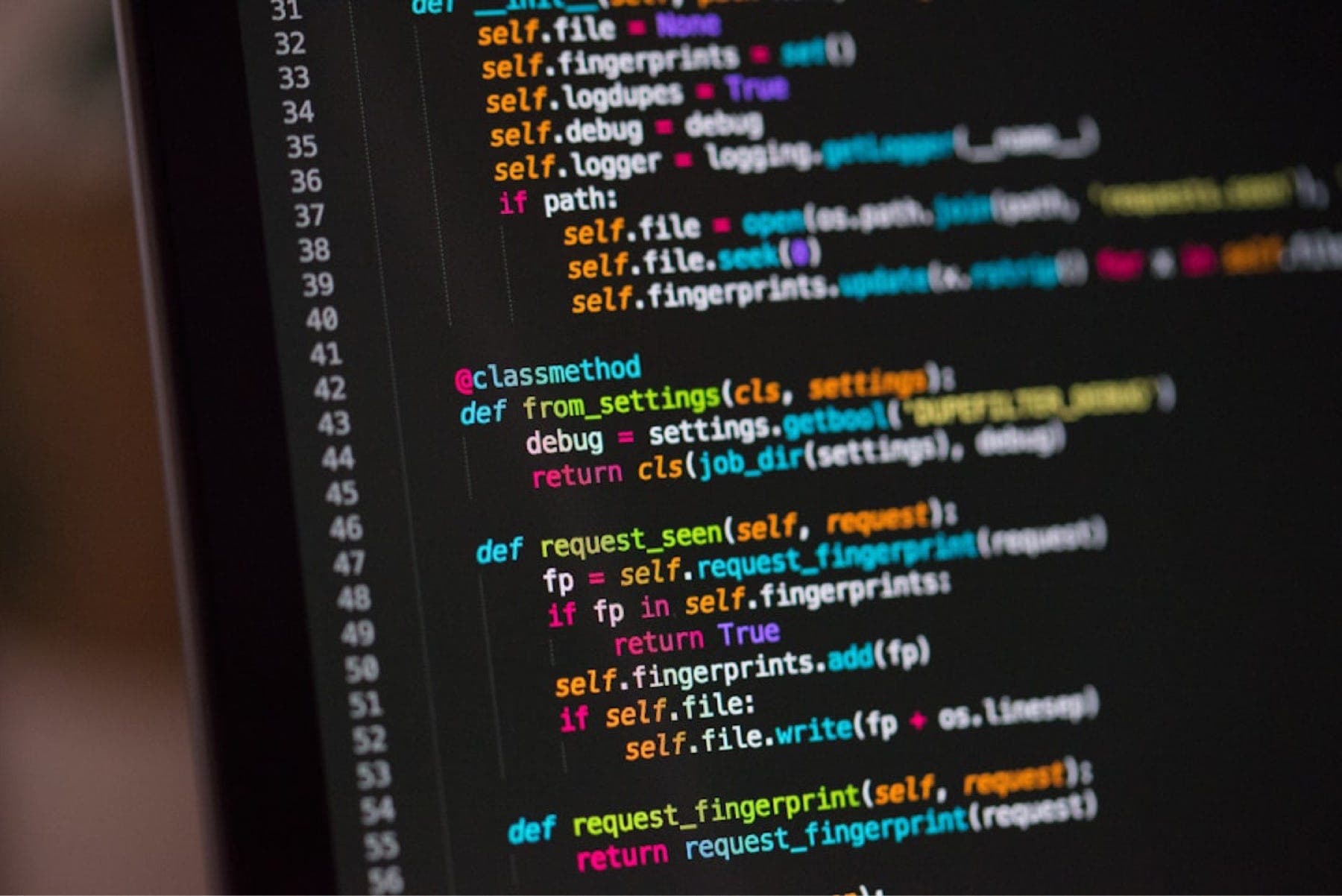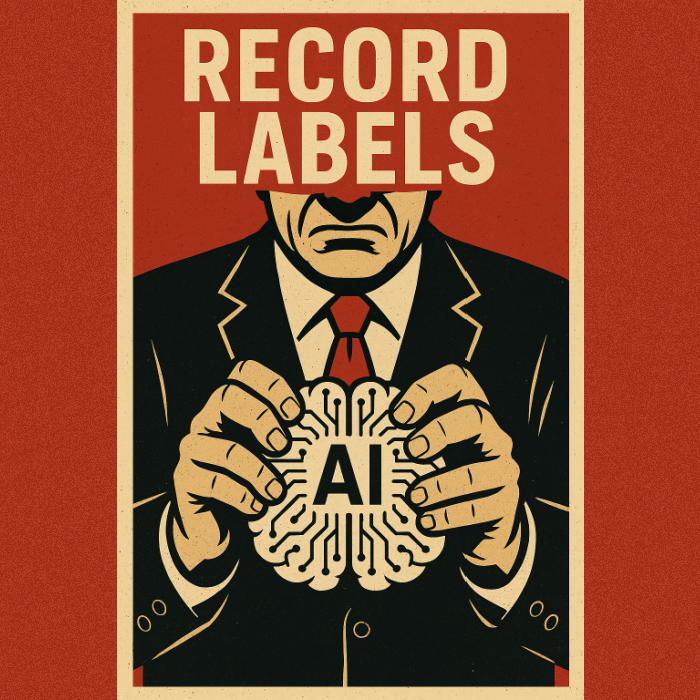
Top AI Tools to Skyrocket Your Team’s Productivity in 2025
As we embrace a new era of technology, the reliance on Artificial Intelligence (AI) is becoming paramount for teams aiming for high productivity. This blog will dive into the top-tier AI tools anticipated for 2025, empowering your team to automate mundane tasks, streamline workflows, and unleash their creativity. Read on to discover how these innovations can revolutionize your workplace and maximize efficiency.
Dev Orbit
July 27, 2025
Introduction
In today’s fast-paced business environment, teams constantly seek new ways to enhance productivity and adapt to ever-changing demands. As AI capabilities continue to evolve with the introduction of GPT-5 and other cutting-edge tools, organizations are presented with unprecedented options to boost operational efficiency. The promise of better communication, enhanced collaboration, and the capacity to analyze large datasets quickly makes these AI tools indispensable assets as we move into 2025. This article will guide you through the most innovative AI solutions that can help your team achieve remarkable productivity gains in the coming year.
1. Harnessing the Power of GPT-5: Transforming Communication and Creativity
With its advanced natural language processing capabilities, GPT-5 by OpenAI has set a new standard for AI-driven communication. This revolutionary tool can summarize reports, draft emails, and generate creative content with minimal input, thereby saving valuable time for employees.
Real-World Application: A marketing team can utilize GPT-5 to brainstorm campaigns and generate copy faster than traditional methods. Content writers can enhance their throughput by having the AI draft initial versions of articles or social media posts, which they can then refine.
Collaboration Tool: GPT-5 can also act as a virtual assistant in meetings, helping to document discussions and generating action items in real-time.
As teams integrate GPT-5 into their workflows, they can expect a substantial lift in creativity and communication. Not only does it handle mundane tasks, but it also encourages innovative thinking, allowing teams to focus on strategic decision-making rather than repetitive tasks.
2. Project Management Reimagined: The Role of AI-Driven Tools
Project management has often been a manual and time-consuming process. AI-driven project management tools like ClickUp and Asana are anticipated to evolve dramatically in 2025, incorporating intelligent resources for effective planning and task management.
Personalized Recommendations: AI will analyze past project data to offer personalized recommendations for timelines and resources, helping teams allocate work more efficiently.
Automated Tracking: AI can automate the tracking of project milestones and deadlines, sending reminders to team members, and flagging potential bottlenecks before they escalate.
Imagine a project management tool that not only keeps track of tasks but also anticipates project challenges and suggests solutions. Such capabilities will empower teams to become more agile and proactive in their approach, minimizing wasted effort and maximizing throughput.
3. Data-Driven Decisions with Advanced AI Analytics Tools
The abundance of data in today’s business landscape can be overwhelming, but with AI analytics tools like Tableau and Microsoft Power BI, companies can transform raw data into actionable insights.
Predictive Analytics: AI tools can leverage historical data to forecast trends, aiding in optimizing marketing strategies or inventory management.
Real-Time Reporting: Teams can access up-to-the-second reporting, allowing companies to pivot quickly and capitalize on emerging opportunities or respond promptly to challenges.
By integrating advanced analytics tools, teams can make data-driven decisions that significantly improve productivity and performance. These tools not only empower employees to identify trends but also provide them with the data necessary to convince stakeholders and drive initiatives forward.
4. Revolutionizing Customer Support: AI Chatbots and Virtual Assistants
In customer service, AI chatbots have become game-changers. With AI capabilities advancing, customer support will see a paradigm shift, allowing teams to manage inquiries more efficiently while boosting customer satisfaction.
24/7 Service: Chatbots can handle customer queries around the clock, providing instant feedback and solutions, freeing up human agents to handle complex issues that require a personal touch.
Learning from Interactions: AI systems can learn from each interaction, continuously improving responses and offering more personalized service over time.
As we look toward 2025, the integration of AI chatbots into customer support will not only optimize operational efficiency but also enhance customer experiences, ultimately leading to increased loyalty and retention.
5. Enhancing Team Collaboration with AI-Powered Solutions
Collaboration is the backbone of any successful team, and AI tools like Miro and Slack are stepping up to facilitate richer interactions. These tools are designed to enhance brainstorming sessions, manage workflows, and maintain effective communication across teams.
Visual Collaboration: Platforms such as Miro provide virtual whiteboards where teams can collaborate in real-time on projects regardless of location, reducing the friction typical of traditional brainstorming.
Contextual Assistance: Tools powered by AI can suggest relevant documents or previous projects to reference during discussions, enabling teams to work smarter.
The integration of AI in collaboration tools enhances communication and streamlines workflows, thereby significantly boosting overall productivity as teams can focus on creating rather than coordinating.
Bonus/Advanced Tips
While implementing AI tools can vastly improve productivity, there are some advanced strategies to maximize their effectiveness:
Train Your Team: Ensure your team is adequately trained in using these tools. The more comfortable they are, the more effectively they can leverage the technology.
Custom Implementations: Look for AI solutions that offer customizable features. Tailoring tools to your specific needs can increase user adoption and enhance productivity.
Test and Iterate: Regularly assess the tools’ efficiency and seek feedback from your team. Continuous improvement will help align technology with your team’s evolving needs.
Maintain a Human Touch: While AI automates many tasks, remember to preserve human interaction, particularly in areas like client engagement and team bonding.
⚠️ Warning: Be cautious with data privacy and ensure that all AI tools used comply with regulations governing data protection.
📌 Insight: As AI tools become more advanced, their integration into everyday tasks will become seamless. Prepare for an ongoing learning curve, and stay informed about future developments in AI technology.
Conclusion
In conclusion, the workplace of 2025 will be revolutionized by AI tools designed to enhance productivity across multiple domains. From advanced communication through GPT-5 to sophisticated project management and customer support solutions, these tools will empower teams to achieve unprecedented efficiencies. Investing in these resources not only enhances operational capabilities but also fosters an innovative culture within organizations. Share your thoughts in the comments below, and don’t forget to utilize these insights for a more productive future!

Enjoyed this article?
Subscribe to our newsletter and never miss out on new articles and updates.
More from Dev Orbit

10 Powerful Tips for Efficient Database Management: SQL and NoSQL Integration in Node.js
Streamline your Node.js backend by mastering the integration of SQL and NoSQL databases—these 10 practical tips will help you write cleaner, faster and more scalable data operations.

Why Most People Waste Their AI Prompts ? How to Fix It...
In the current landscape of AI technology, many users struggle with crafting effective prompts. This article explores common pitfalls and offers actionable strategies to unlock the true potential of AI tools like GPT-5.

Top 7 Python Certifications for 2026 to Boost Your Career
Python continues to dominate as the most versatile programming language across AI, data science, web development and automation. If you’re aiming for a career upgrade, a pay raise or even your very first developer role, the right Python certification can be a game-changer. In this guide, we’ll explore the top 7 Python certifications for 2026 from platforms like Coursera, Udemy and LinkedIn Learning—an ROI-focused roadmap for students, career switchers and junior devs.

9 Real-World Python Fixes That Instantly Made My Scripts Production-Ready
In this article, we explore essential Python fixes and improvements that enhance script stability and performance, making them fit for production use. Learn how these practical insights can help streamline your workflows and deliver reliable applications.

🚀 Mastering Python Automation in 2025: Deep Insights, Real-World Use Cases & Secure Best Practices
Streamline your workflows, eliminate manual overhead and secure your automation pipelines with Python — the most powerful tool in your 2025 toolkit.

The Future of Visitor Management: Blockchain and AI empowered OCR
In this evolving technological landscape, visitor management is set to undergo a transformation. Discover how the convergence of blockchain technology and AI-enabled Optical Character Recognition (OCR) can reshape the future of security, efficiency, and user experience in visitor management systems, paving the way for a seamless integration of data and personnel management.
Releted Blogs

From Autocompletion to Agentic Reasoning: The Evolution of AI Code Assistants
Discover how AI code assistants have progressed from simple autocompletion tools to highly sophisticated systems capable of agentic reasoning. This article explores the innovations driving this transformation and what it means for developers and technical teams alike.

Mastering Git Hooks for Automated Code Quality Checks and CI/CD Efficiency
Automate code quality and streamline your CI/CD pipelines with Git hooks. This step-by-step tutorial shows full-stack developers, DevOps engineers, and team leads how to implement automated checks at the source — before bad code ever hits your repositories.

The Labels First Sued AI. Now They Want to Own It.
In the rapidly evolving landscape of artificial intelligence, a fascinating shift is underway. Music labels, once adversaries of AI applications in the music industry, are now vying for ownership and control over the very technologies they once fought against. This article delves into the complexity of this pivot, examining the implications of labels seeking to own AI and how this transition could redefine the music landscape. If you’re keen on understanding the future of music technology and the battle for ownership in an AI-driven age, read on.

Data Validation in Machine Learning Pipelines: Catching Bad Data Before It Breaks Your Model
In the rapidly evolving landscape of machine learning, ensuring data quality is paramount. Data validation acts as a safeguard, helping data scientists and engineers catch errors before they compromise model performance. This article delves into the importance of data validation, various techniques to implement it, and best practices for creating robust machine learning pipelines. We will explore real-world case studies, industry trends, and practical advice to enhance your understanding and implementation of data validation.

Deep Dive into Error Handling and Logging in Node.js
Mastering the essentials of error handling and logging in Node.js for more resilient backends.

AI Is Reshaping Jobs — and That Could Hit You Hard
As artificial intelligence continues to evolve, its impact on the job market is growing more profound each day. In this article, we will explore how AI technologies like GPT-5 are transforming various industries, the potential risks for workers, and actionable steps to navigate this changing landscape. From automation to the creation of new job roles, we will offer insights that every professional should be aware of to remain competitive in the era of AI.
Have a story to tell?
Join our community of writers and share your insights with the world.
Start Writing